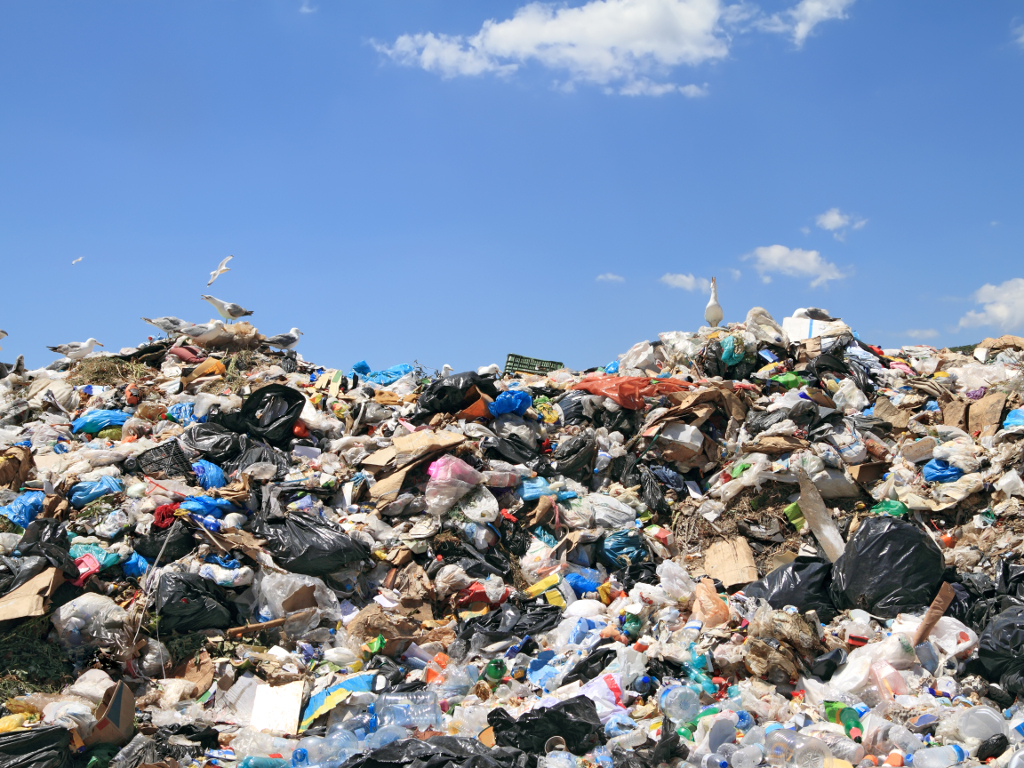Is the construction of waste incinerator in Vinca the best ecological solution for Belgrade's burning problem? – IFC says its meets all the standards
Source: eKapija
 Wednesday, 27.05.2020.
Wednesday, 27.05.2020.
 14:13
14:13
 Wednesday, 27.05.2020.
Wednesday, 27.05.2020.
 14:13
14:13
Illustration (Photo: kanvag/shutterstock.com)

– The project is structured so as to meet all the Serbian regulations. Furthermore, the disposal site is designed in line with the EU standards, whereas the waste-to-energy facility is in line with the EU standards on pollution and energy efficiency – the IFC says for our portal.
As they said, the IFC financing entails Loan A of up to EUR 72.2 million; a parallel loan from Oesterreichische Entvicklungsbank (OeEB) of up to EUR 35 million; Loan B of up to EUR 35 million; and a concession loan of up to EUR 20 million from the joint climate financing program of the IFC and Canada, as well as guarantees in the amount of EUR 97.3 million, issued by MIGA. This is a part of a wider package which includes the EBRD loan of up to EUR 128.2 million.
Let us remind that, in late September 2017, the City of Belgrade signed an agreement on the public-private partnership with the consortium Beo Cista Energija, consisting of the French Suez Groupe SAS and the Japanese Itochu I-Environment, on the construction of a municipal waste treatment facility in Vinca and that, in late 2019, the public became aware that the European Investment Bank (EIB) did not want to finance the building of the incinerator.
The EU delegation to Serbia said at the time for eKapija that waste incineration was an option, but only for a small portion of waste, which can't be prevented, reduced, recycled or taken care of in any other way.
– Under the current project for Vinca, the new waste-to-energy facility would have the capacity to burn more than half of Belgrade’s household waste, instead of recycling it. This would not incentivize recycling and would seriously put at risk Serbia's ability to align with the EU’s waste legislation and move towards a circular economy. The EU therefore strongly encourages the Serbian authorities to ensure that the capacity of this facility is adjusted to a level which would allow Serbia to comply with the EU acquis in this area – they told eKapija at the time, and more about this can be found in a separate article.
As the Secretariat for Environmental Protection of the City of Belgrade told eKapija, the private partner notified the city that the EIB had withdrawn from the financing and provided financing through the IFC, the EBRD and OeEB.
Energy from incinerator to be used for heating in Belgrade
The waste treatment facility will use solid municipal waste and landfill gas as the source for the production of electrical (30 MW) and heating energy (56 MW). The PUE Beogradske Elektrane has also become part of the project of the construction of the waste treatment facility in Vinca, and the produced heating energy will be used for heating in Belgrade.
When the French president visited Serbia in July 2019, the Agreement on the Buyout of Heating Energy was signed between Beo Cista Energija and the PUE Beogradske Elektrane, and, according to the Agreement on the Public-Private Partnership for the Management of the Vinca Sanitary Landfill, the obligation of the City of Belgrade is to build the infrastructure for the taking of the heating energy.
– The City of Belgrade has transferred this obligation to Beogradske Elektrane, which will use its own funds to finance the construction of the pre-pumping station at the Vinca complex, the construction of the heating pipeline of around nine kilometers, as well as the pre-pumping station at the Konjarnik Heating Plant – the director of beogradske Elektrance, Rade Basta, said at the time.
I. Milovanovic
Companies:
 IFC
IFC
International Finance Corporation USA
 EBRD Evropska banka za obnovu i razvoj Beograd
EBRD Evropska banka za obnovu i razvoj Beograd
 EBRD London
EBRD London
 Grad Beograd
Grad Beograd
 Evropska investiciona banka EIB
Evropska investiciona banka EIB
 Delegacija Evropske unije u Republici Srbiji Beograd
Delegacija Evropske unije u Republici Srbiji Beograd
 Beo Čista Energija d.o.o. Beograd
Beo Čista Energija d.o.o. Beograd
 JKP Beogradske Elektrane Beograd
JKP Beogradske Elektrane Beograd
 SUEZ Groupe S.A.S.
SUEZ Groupe S.A.S.
 ITOCHU Corporation
ITOCHU Corporation
 ITOCHU CORPORATION BEOGRAD
ITOCHU CORPORATION BEOGRAD
Tags:
OeEB
landfill
Vinča
Vinča landfill
waste incinerator
landfill development
energy from waste
waste management
sanitary landfill
treatment of construction waste
construction waste
treatment of municipal waste
renewable energy sources
landfill gas
recycling
waste
waste treatment
Comments
Your comment
Most Important News
Full information is available only to commercial users-subscribers and it is necessary to log in.
Follow the news, tenders, grants, legal regulations and reports on our portal.
Registracija na eKapiji vam omogućava pristup potpunim informacijama i dnevnom biltenu
Naš dnevni ekonomski bilten će stizati na vašu mejl adresu krajem svakog radnog dana. Bilteni su personalizovani prema interesovanjima svakog korisnika zasebno,
uz konsultacije sa našim ekspertima.


 Izdanje Srbija
Izdanje Srbija Serbische Ausgabe
Serbische Ausgabe Izdanje BiH
Izdanje BiH Izdanje Crna Gora
Izdanje Crna Gora


 News
News






